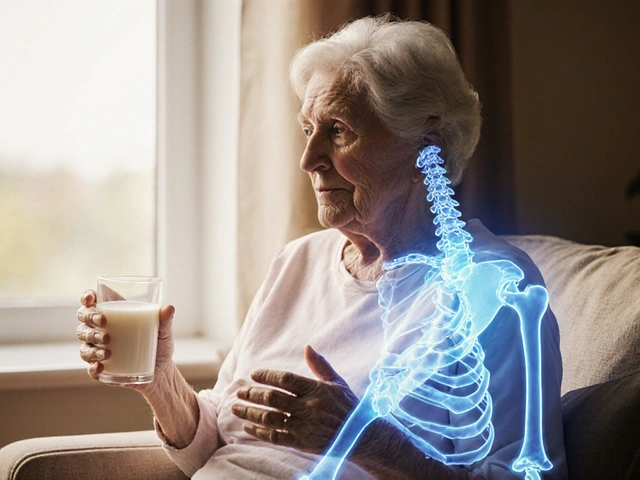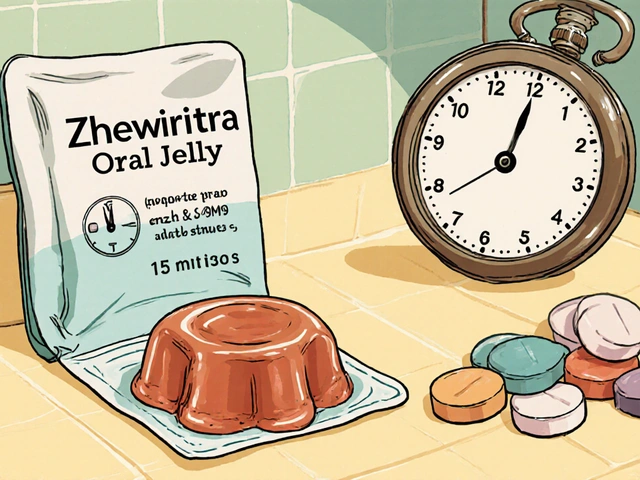Neuropathic Pain – What It Is and How to Manage It
Ever had a burning or tingling feeling that just won’t go away? That’s neuropathic pain – a type of pain that comes from damaged nerves instead of an injury to the skin or muscle. It can show up in the feet, hands, or anywhere nerves run, and it often feels like electric shocks, numbness, or a constant ache. If you’re reading this, you probably want to know why it happens and what you can actually do about it.
Common Causes and Symptoms
Most of the time, nerve pain is linked to conditions like diabetes, shingles (post‑herpetic neuralgia), multiple sclerosis, or even a pinched nerve from a herniated disc. Alcohol abuse, chemotherapy, and some infections can also mess with your nerves. The hallmark signs are:
- Sharp, burning, or “pins‑and‑needles” sensations
- Loss of feeling or numbness in the affected area
- Allodynia – pain from something that shouldn’t hurt, like a light touch
- Worsening pain at night or with temperature changes
These symptoms can make daily tasks feel impossible, and they often lead to sleepless nights and a dip in mood. Recognizing the pattern early helps you and your doctor choose the right treatment path.
Treatment Options You Can Try
There’s no one‑size‑fits‑all cure, but several approaches work well together. First‑line drugs include anticonvulsants like gabapentin or pregabalin – they calm down over‑active nerves. Tricyclic antidepressants (e.g., amitriptyline) also help by blocking pain signals. If you’re on a medication like Paxil for depression, your doctor might adjust the dose or switch you to something that tackles nerve pain more directly.
Topical options can be a game‑changer too. Creams with lidocaine or capsaicin numbing agents give relief right where the pain lives, without affecting the whole body. Physical therapy, gentle stretching, and low‑impact exercise improve blood flow and keep nerves healthy. Some people find benefit from supplements such as alpha‑lipoic acid or omega‑3 fatty acids, but it’s best to discuss those with a pharmacist.
When first‑line meds don’t cut it, doctors may look at stronger options like opioids or newer agents such as duloxetine. These come with more risks, so they’re usually reserved for severe cases that haven’t responded to other treatments.
Beyond drugs, lifestyle tweaks can lower the pain load. Keep blood sugar under control if you’re diabetic, protect skin from burns or cuts, and avoid alcohol. Stress management—through mindfulness, breathing exercises, or a short walk—can also reduce the brain’s amplification of nerve signals.
Finally, don’t overlook the mental side of chronic pain. Feelings of frustration or sadness are common, and talking to a therapist or joining a support group can make a big difference. Combining medical care with emotional support often yields the best results.
Neuropathic pain can feel overwhelming, but you have tools at hand. Start by talking to your healthcare provider about the specific symptoms you’ve noticed, ask about the medications listed above, and experiment with safe lifestyle changes. With a mix of the right drugs, physical care, and mental support, you can reclaim a brighter, less painful day-to‑day life.





